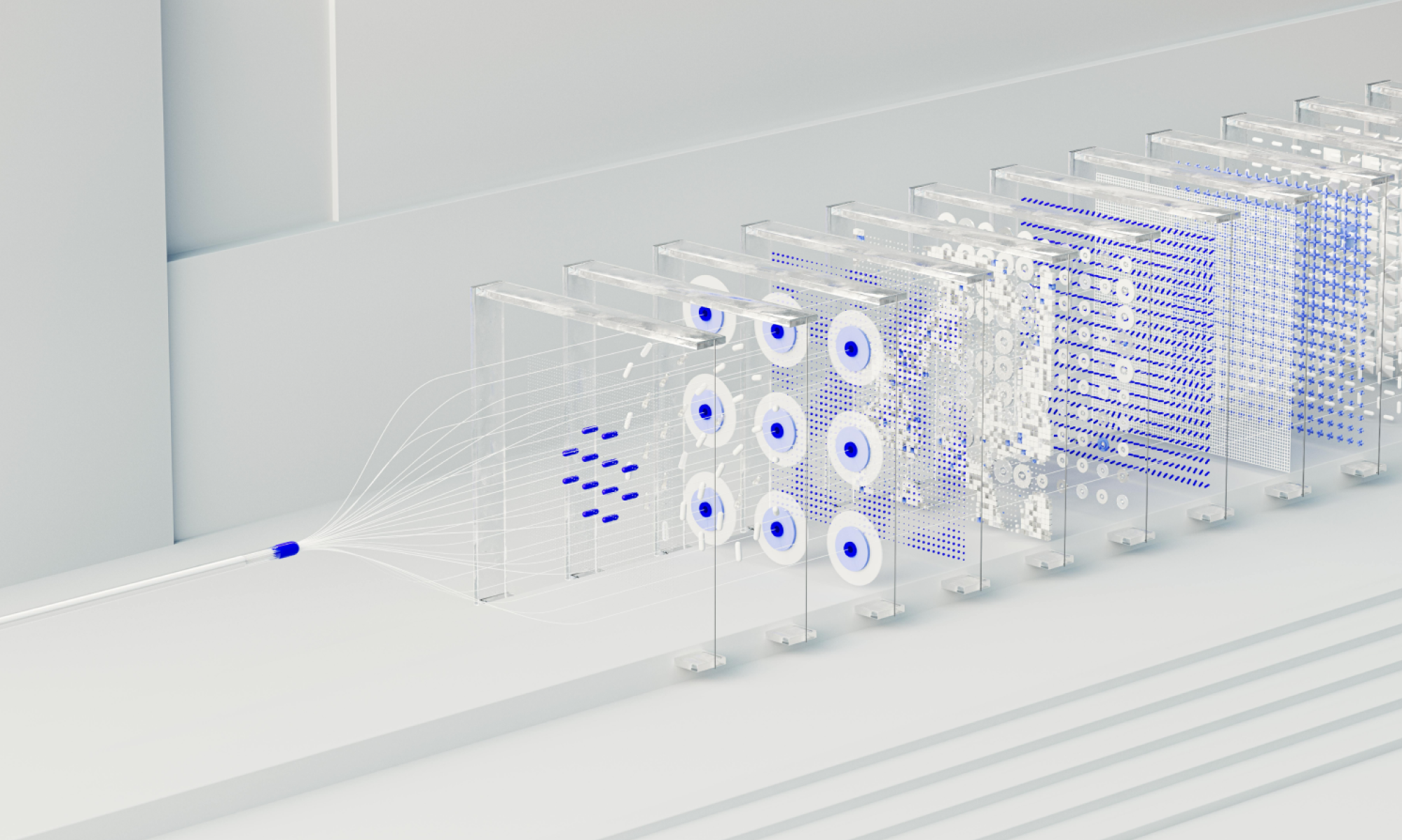AI
our blog
AI Assistants And Human Expertise: How To Design Workflows That Work Together

AI’s real power shows when it works alongside people. On its own, AI has strengths and gaps, just like people do. Together, they achieve more but only if workflows are built to complement each other, not replace one side. The future of work is people and AI working together, each doing what they do best.
The principle is straightforward - AI handles repetitive or pattern based tasks, leaving people free to focus on interpretation, strategy and edge cases. Its outputs improve when teams review, refine and provide feedback. Clear boundaries and escalation points make collaboration safe and effective. Therefore AI brings speed and scale, while people bring judgement and context.
Problems can arise though when expectations don’t match reality. Treating AI as a magic bullet, assuming outputs are flawless, ignoring context or existing workflows, or skipping team oversight all reduce its value. AI is a partner. It needs the right checks and balances to deliver lasting value, otherwise the risks can outweigh the benefits.
When collaboration works well, AI takes care of routine analysis, generates suggestions and surfaces options. Teams then interpret the results, add context and make the final decisions. Feedback loops help AI improve over time and escalation mechanisms manage uncertainty. Together, this speeds up outcomes without sacrificing quality or control, meaning not just efficiency, but also better decisions, as teams have more time to tackle bigger problems.
Pulse, our internal delivery intelligence platform, puts this into practice. It highlights trends and anomalies in delivery metrics, while product managers review and validate the insights before acting. The result is faster, more accurate decisions - AI supports the process, but people remain in the driver’s seat. It’s a clear example of AI and human expertise working together to improve productivity, quality and velocity without losing oversight.
At Studio Graphene, we follow a structured approach. We map workflows to pinpoint where AI adds the most value, set boundaries for team oversight, iterate with feedback loops and combine AI outputs with human expertise. The goal is simply to help teams make better, faster and smarter decisions, while keeping people central to it all.









